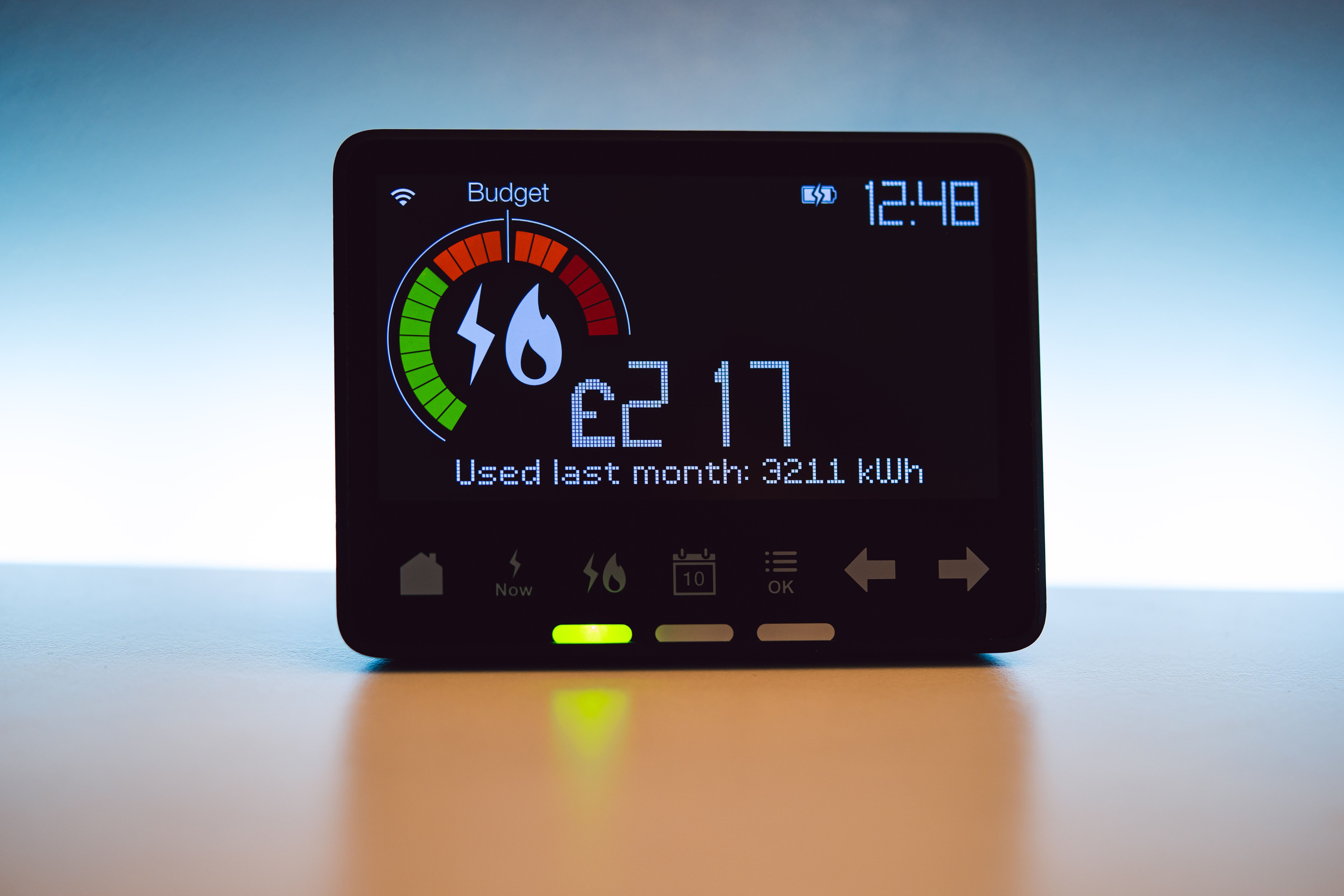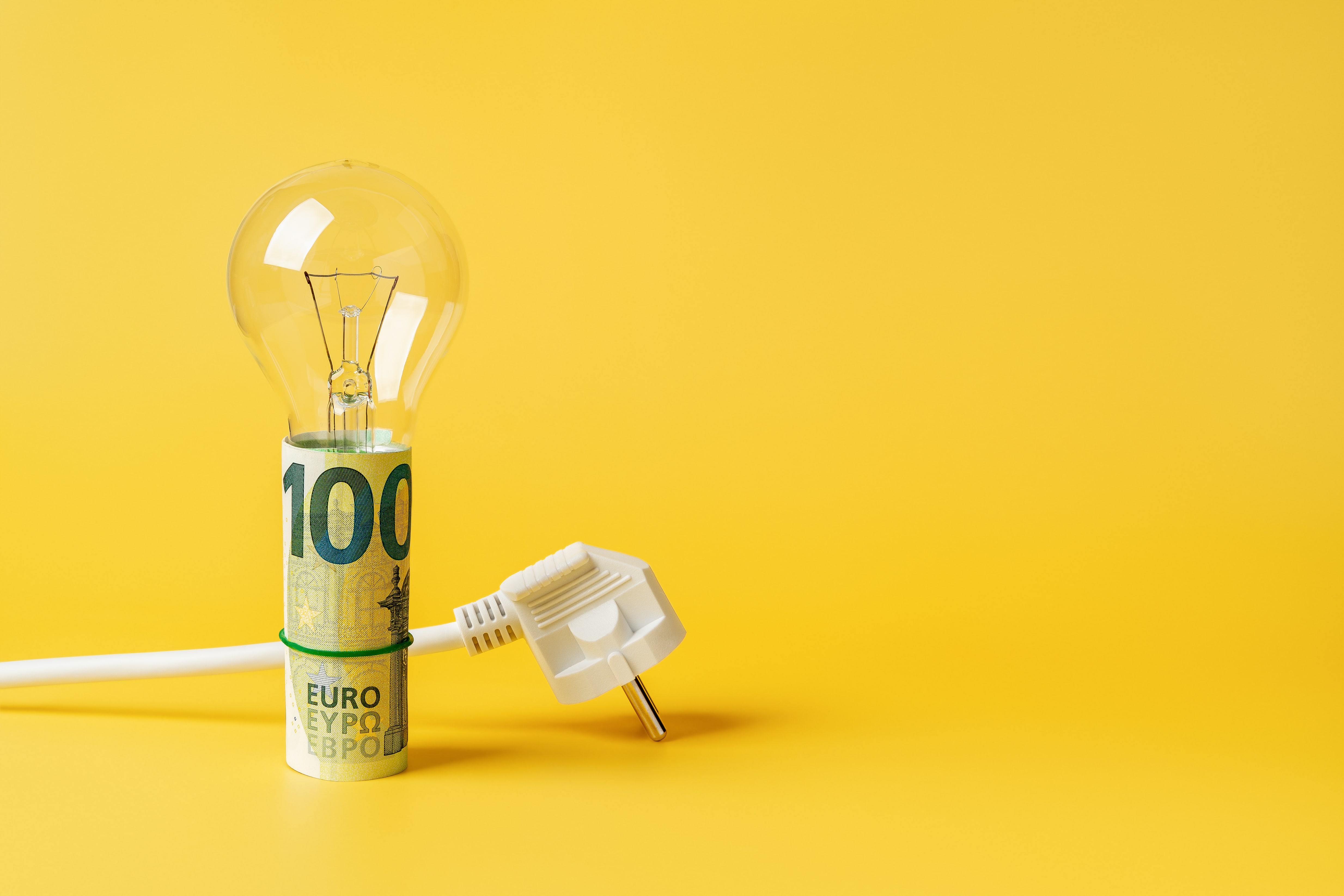
We have been experiencing energy price spikes and shortages in energy supplies. How does Czech industry deal with this? To compensate for the record-high electricity and gas bills, some companies are using alternative energy sources, such as burning light heating oil, while others are trying to reduce their bills by adapting their production technologies. It is important to note, however, that simple energy usage monitoring and breaking down the cost for each separate energy consumption point can lead to an elimination of inefficiencies and reduce costs by 5 to 10 percent. This is based on Soitron’s experience with energy management system implementations.
Last year marked a troubling first. In the middle of the year, the price of one kilowatt hour of electric power on the Prague PXE was at a record-breaking 24 CZK. For gas, the maximum price reached 8.3 CZK. Current prices per kWh have now dropped below 4 CZK for electricity and below 1.5 CZK for gas, but they are still several times higher than prices were before the energy crisis. Energy experts are divided over future developments.
“It is commendable that Czech companies are addressing the cost side of energy consumption and looking for less expensive energy alternatives, but in the medium term, they should rather focus on limiting energy usage as such and on the efficient use of resources,” says Martin Hummel, an IoT specialist and product manager at Soitron. One solution may be the implementation of an energy management system (EnMS), which is used in modern operations to manage and optimize energy usage. Taking the first steps to monitor and manage energy usage does not necessarily require large investments.

Soitron’s experience shows that companies that have implemented EnMS have been able to identify potential savings by simply tracking energy usage at different points in their operation and introducing simple measures to achieve immediate energy usage reductions.
“A real-time metering system monitors consumption by the production facilities, heating, cooling, or lighting.This quickly reveals areas of ineffective energy use, such as lights left on in an empty building.In several implementations, companies were able to reduce consumption by 5 to 10 percent just by obtaining this data.They got their investment back practically within a few weeks,” Hummel explains.
Such an evaluation also serves as a basis for future cost predictions. While most companies meter their consumption at the point of connection to the distribution system, they have no idea how much of it is used for lighting, heating, production technologies, and so on. And that’s a big mistake. Inefficiencies and higher than necessary costs are caused by the lack of an energy monitoring and management system. With an EnMS in place, it is easy to discover what production machines run unnecessarily during breaks, what welding machines could be automatically switched off when not in use, and what facilities could be turned off on weekends.
Energy management systems reduce costs and emissions. Companies should use EnMSs and other IoT solutions to reduce their carbon footprint, optimize the use of resources, analyse the environmental impact of their business, and take corrective action. Long-term and sustainable operations are only possible when companies are mindful of their energy consumption and environmental impact.
The implementation of an EnMS also helps to improve a company’s image. Companies around the world advertise what they are doing to make their business operations more environmentally friendly. Implementing an EnMS can be a good start. Energy management is an effective solution to achieving clear objectives. “To fix your current situation, you do not have to take a comprehensive solution and do it all at once. It is important to start and then keep working on it. We recommend doing it bit by bit, starting with eliminating the largest energy inefficiencies,” concludes Hummel.
We are in the process of finalizing. If you want to be redirected to our old version of web site, please click here.